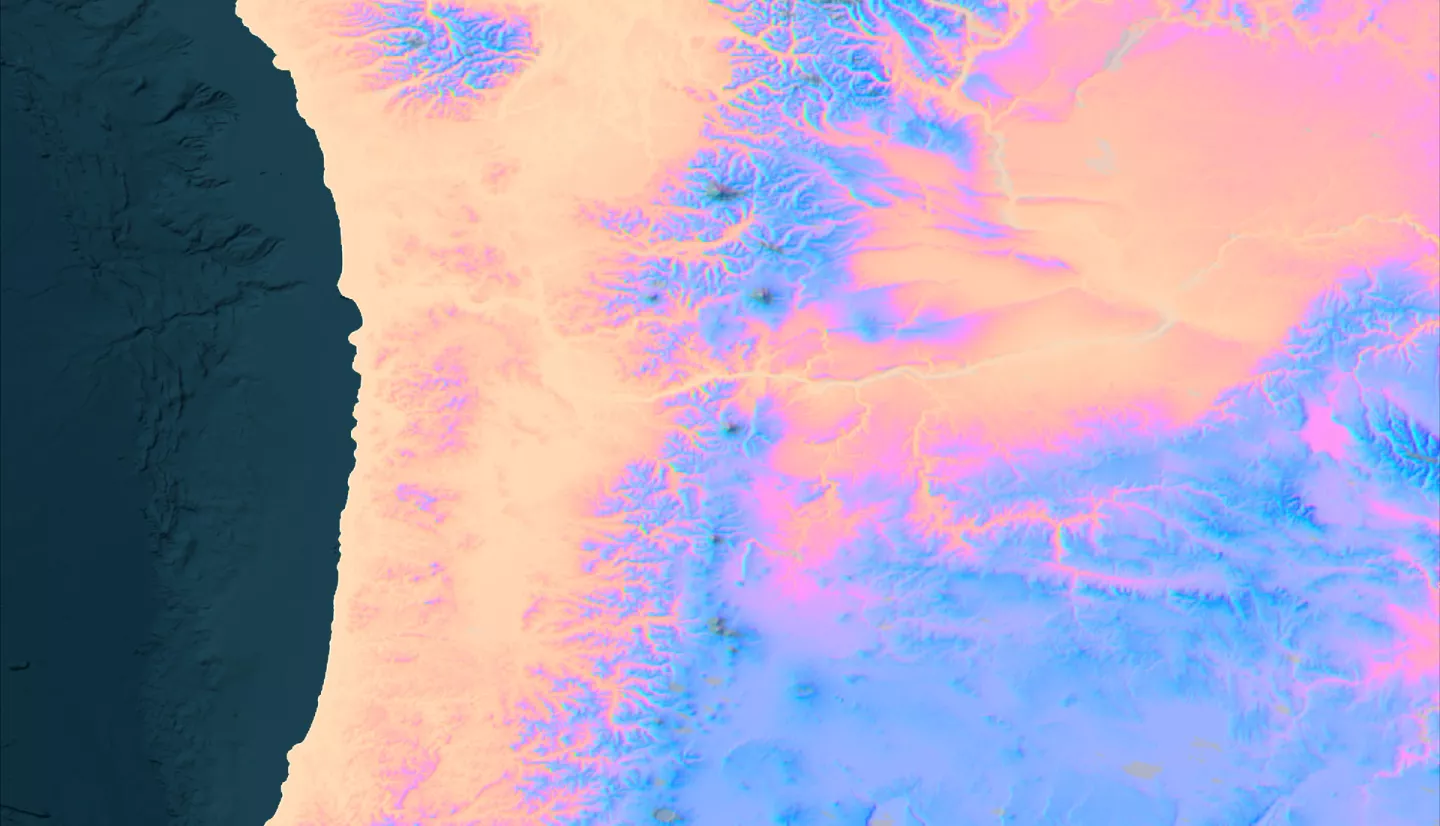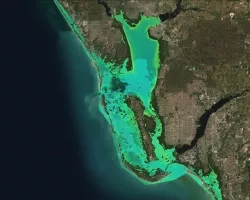Pacific Northwest Health & Air Quality (Summer 2023)
Team: Abby Sgan (Project Lead), Greta Bolinger, Tallis Monteiro, Cristina Villalobos-Heredia, Taylor West
Summary: Recent studies have documented a correlation between air quality and drought in the United States, which has been linked with increased aerosols including airborne particulate matter (PM) during drought conditions. This study partnered with local health departments to evaluate trends in air quality in the Pacific Northwest during the evolution of drought conditions using aerosol optical depth (AOD) observations collected by NASA’s Moderate Resolution Imaging Spectroradiometer sensor aboard the Terra and Aqua satellites. These satellite data were analyzed in conjunction with ground-based PM2.5 and PM10 data sourced from the Environmental Protection Agency (EPA)’s network of ground-based monitors and the Standardized Precipitation Evapotranspiration Index (SPEI) drought index. Based on recommendations by local health departments, this study examined air quality trends between 2015 and 2022 in 12 counties within Oregon and Washington that reflected diversity in population density, drought exposure, rural and urban status, and data availability from EPA monitors. Overall, results indicated variation in relationships among drought, satellite, and ground-based air quality data across the study area. This study did not control for the impact of wildfire events on air quality and also did not investigate shorter SPEI aggregation periods, both of which are avenues for future research. This project supplemented research into links between drought and human health and provided health departments with an objective foundation from which they can communicate public health risks to local communities.



